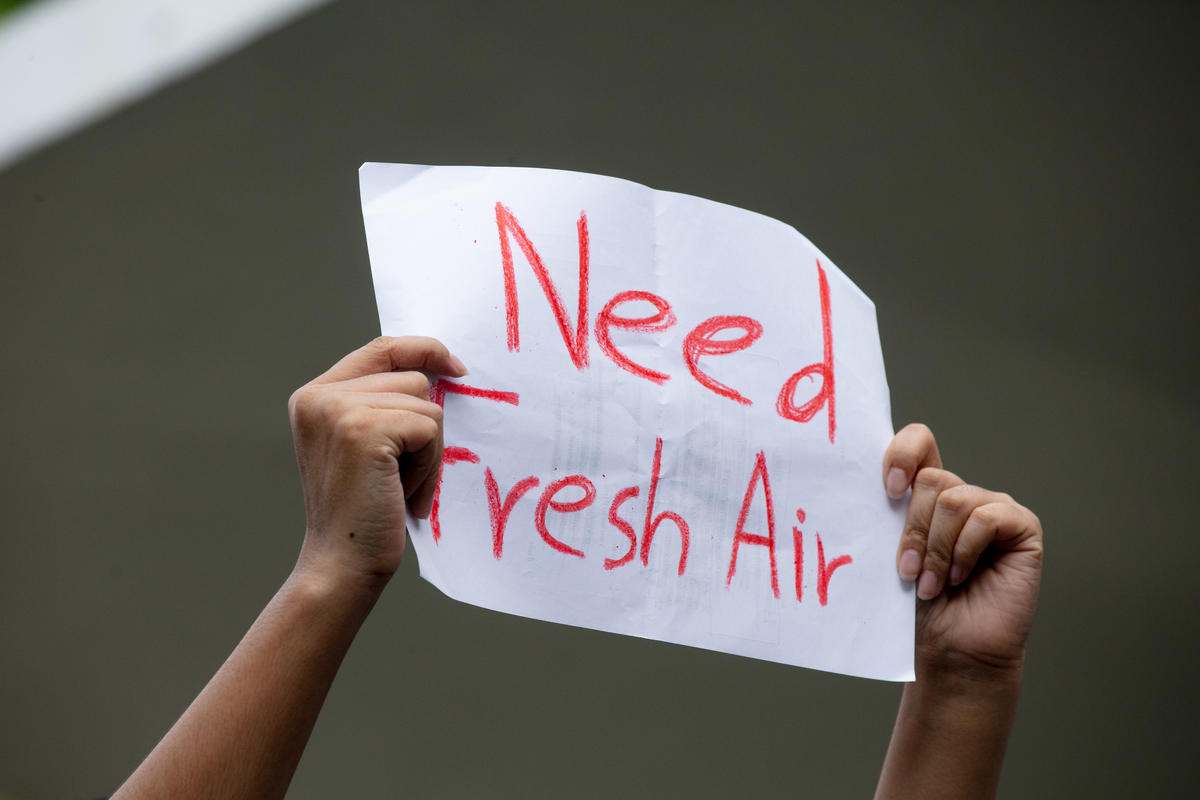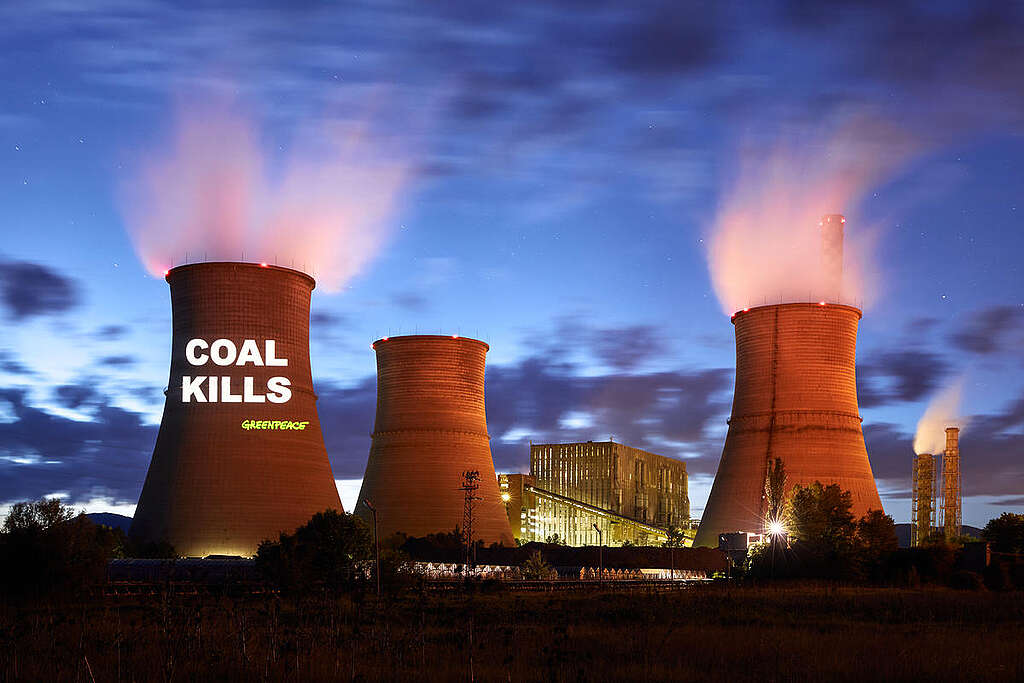First published on the The Philippine Star
The skies often reflect the quality of air that we have. With Metro Manila ironically being covered in smog beginning exactly on the International Day of Clean Air for Blue Skies, we are sadly reminded that ours is a gray and hazy sky full of polluted air.
Air pollution isn’t as discussed in recent years as other issues, but it’s taking away lives nonetheless. According to the World Health Organization (WHO), an estimated seven million people around the world die each year from causes directly attributable to air pollution. WHO data also show that 99% of the global population breathes air that contains high levels of pollutants and low- and middle-income countries suffer from the highest exposures to pollutants in the air.
So not only is air pollution a silent killer; its chosen target is the vulnerable—it disproportionately affects the marginalized, including those who are already suffering from the effects of climate change. Similarly, air pollution is a major health threat to children, particularly in low income countries. Sixteen million children were recorded to be living with asthma after being exposed to nitrogen dioxide (NO2) pollution from fossil fuels.

Worse, long-term exposure to low levels of air pollution can cause a gradual but serious deterioration of our health, resulting in diseases like lung cancer, stroke, diabetes, and, ultimately, in avoidable deaths. Records show that air pollution from burning fossil fuels, primarily coal, oil, and gas, is attributed to approximately 4.5 million premature deaths worldwide each year according to the WHO. This is happening on top of the worsening climate crisis, leading to climate-vulnerable communities having to deal with the short and long-term impacts of dirty energy.
In spite of these alarming facts, in the Philippines, air pollution is still left unchecked. There is a lack of data on how bad the problem is because of the outdated air quality standards and the lack of adequate air pollution monitoring systems.
And, as vulnerable communities are blindly suffering the effects of this health and environmental crisis, the leading contributors to air pollution – coal, oil, and car companies – are making profits while the people pay the price with their health and that of the planet.
Besides contributing to air pollution, burning fossil fuels is also the leading cause of global climate change, in turn exacerbating extreme weather events that significantly impact Filipino lives. The companies that fuel the air pollution crisis, and the governments that enable it, are not doing enough to transition to clean energy and green solutions.

All these dangers that fossil fuels bring to the people and the planet is a clear case that companies and the government must phase out fossil fuels and transition to clean and renewable energy.
We all deserve clean air and a future where people don’t have to suffer from climate impacts. The good news is that the solutions to this crisis are already being demonstrated by communities.
One of these is the promotion of green and zero-emission alternative mobility options. Active mobility is proven to be a sustainable mode of transportation. In the same way, it’s also one of the solutions to air pollution unlike cars that emit carbon emissions and cause heavy road traffic. Active mobility groups continue to lobby for bike lanes as this will enable more people to participate and make roads accessible for everyone. Some cities implement car-free days to promote active mobility. Similarly, citizen-led solutions like Pedal Palapag in Northern Samar identify bike-sharing program as a form of climate action because it lessens air pollution that causes climate change.
Another positive development is the integration of people-centric urban design in local sustainability plans. We need to prioritize a people-centric urban design to our sustainability plan and that includes having more open and green spaces. Allowing for more green spaces not only boosts our overall well-being, but it also allows for our planet to breathe and release clean air for us too.
Lastly, addressing air pollution, in a way, must also address the climate crisis. The current administration must stop energy companies from building new coal plants, retire existing coal plants, and invest in clean energy generation, such as wind and solar. Cities and municipalities must start planning sustainable transport and mobility options by prioritizing environment-friendly public transport, along with safe walking and cycling infrastructure.
With people participation, we can all look towards blue skies on the horizon, to a time where the sun doesn’t have to be hidden by haze. We must stand for a future where breathing clean air is no longer a privilege, but the status quo.
